On the ground research for Africana Skincare: Our discoveries & inspiration
Where does chocolate come from?
How does black pepper grow?
How are perfume scents made?
Most of these questions remain unanswered for many people. The availability and easy accessibility to goods and services seem to create disconnection. We are so immersed in todays modern life, in our busy lifestyles governed by technology, that sometimes we forget to connect back with mother nature; it is here where most answers can be found.
When you take a step back to observe and take time to enjoy the little things in life, that is when you start to learn. You realise that happiness lays in the simplicity of things and that simplicity is actually enough. Everything we need, can be found in mother nature.
On this article we will talk about some of the things we have learnt from our “on the ground” research for Africana skincare products which also inspired us and made us understand where many of the products we consume actually come from.
Origins of chocolate
“Who doesn’t love chocolate?”. “You seriously don’t like chocolate?!”.
Chocolate is a sacred product. We can be amazed when someone tells us that they don’t like chocolate, it is almost like a taboo. The sad part is that most people haven’t even seen where it comes from.
Chocolate is made from cacao seeds (see image). These seeds are found in cocoa pods (see image) which grow on trees. It’s growth starts with a tiny little pod that is almost unnoticed (see image). It takes five or six months for it to grow into a ripe cocoa pod. The interesting part is that it grows on the stem of the tree as opposed to growing at the end of a branch as an orange would for example. Another fact is that you can suck on the seeds which are sweet, just like a fruit. These exact seeds are then left to be dried out which is the first step to making chocolate!
- Cocoa pod fruit
Cocoa has multiple uses. It can also be used to produce cocoa butter, one of the ingredients that many cosmetic brands use which is great for boosting skin health as well as a skin moisturiser.
Ylang Ylang
One of the worlds best selling fragrances contains the oil of this beautiful flower called Ylang Ylang. Who would have said that Chanel N°5 has recurred to the resources of mother nature to create a luxurious and expensive perfume. It is said that the perfume contains about 10% of the oil.
Coco Chanel wanted a flower that captured “the scent of a woman” so no wonder they chose ylang ylang, such an exotic, elegant and feminine flower (see picture).
Distillation process of essential oils
The number of natural resources available from which essential oils can be made is fascinating. We specifically learned about citronella, patchouli, lantana, orange and ginger, some of which are not so well known.
Essential oil production follows a distillation process. Depending on the raw material you want to distill, hydro or steam distillation could be used. More delicate plant materials such as ylang ylang would use hydro distillation as opposed to steam distillation. So how does it work?
Hydro distillation, as the name suggest, uses water (see diagram below). The water is heated up to about 120 °C. The raw material is placed into a kind of filter basquet and placed inside the heated water. The boiling will start from which then, steam is produced. The steam will then go through a condenser, converting the steam into a liquid form. This is then collected into a flask. The liquid will be a mixture of both water and oil. By the law of fluctuation, the one with the higher density will float on top of the other one. The water is then drained out, leaving only the oil which is then packaged and ready for use!

Other discoveries
Would you know how a ginger or turmeric plant looks like?
Not only do they grow these two amazing products full of beneficial compounds used worldwide, but they are beautiful plants on their own. You could simply use it as a decorative plant in your garden or house (see images).
- turmeric plant
- ginger
Did you know that the vanilla you may eat or find in your cosmetics is a climbing orchid? (see image). And that cinnamon or citronella are also leaves? By simply tearing the leaf you get an intense smell from both, citronella reminding you of a mosquito repellent.
Then there is also black pepper. This is a fruit which grows in long, thin bunches on the vine, almost looking like grapes by the way they are clustered (see image). These bright green fruits are cooked and then sun dried, creating a worldwide used ingredient such is black or white pepper.
You do not need to look any further. The origin of most things can be found in nature. If you show a bit of curiosity, you will be introduced to a whole new world which is fascinating. For this reason we need to keep taking care of it so our children, our grandchildren and everyone else can benefit from these resources. Let’s start to live more sustainably and find happiness in simplicity.

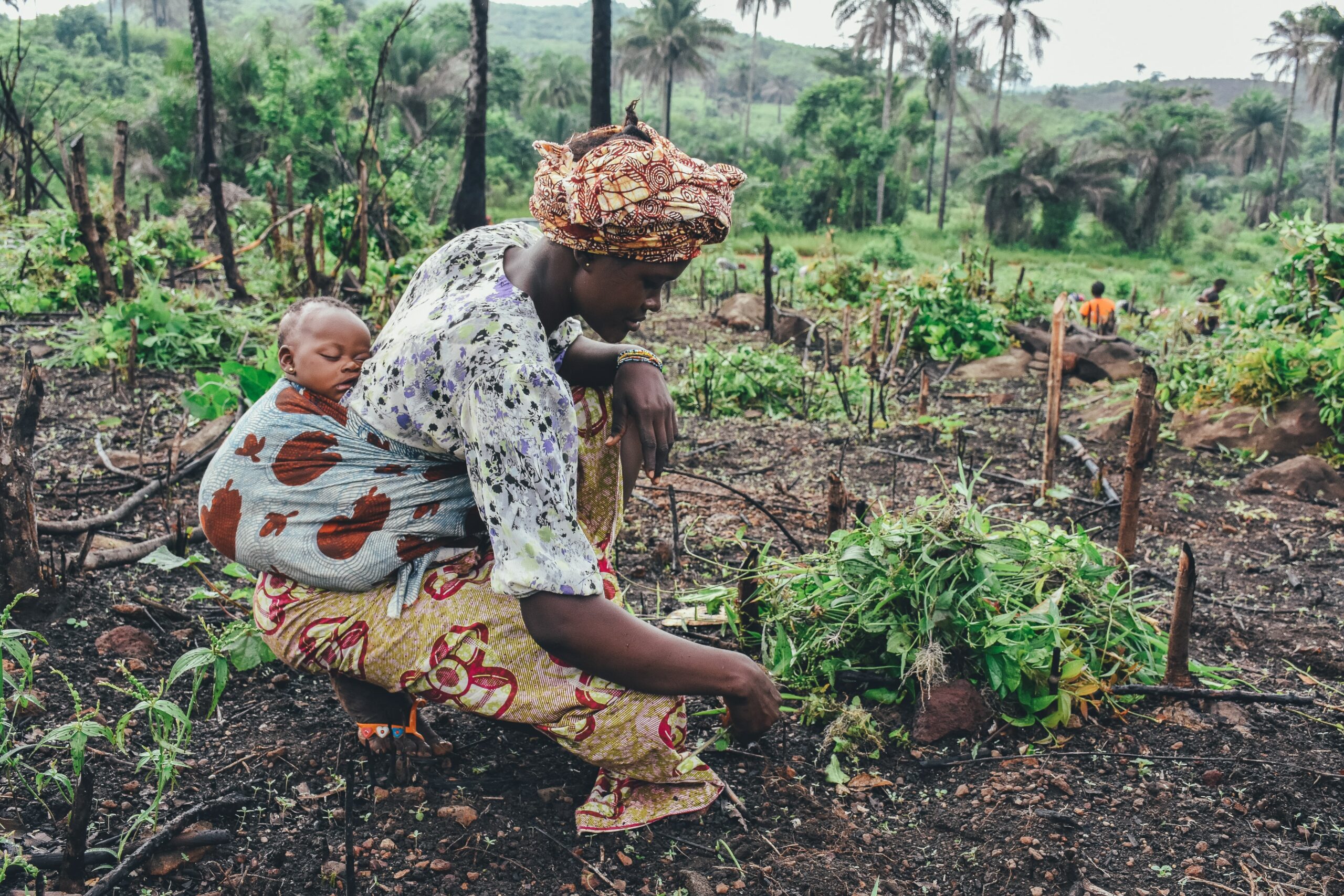


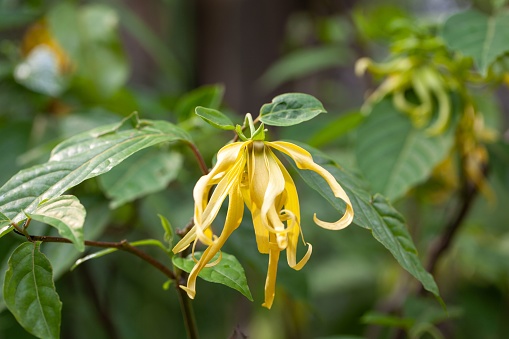

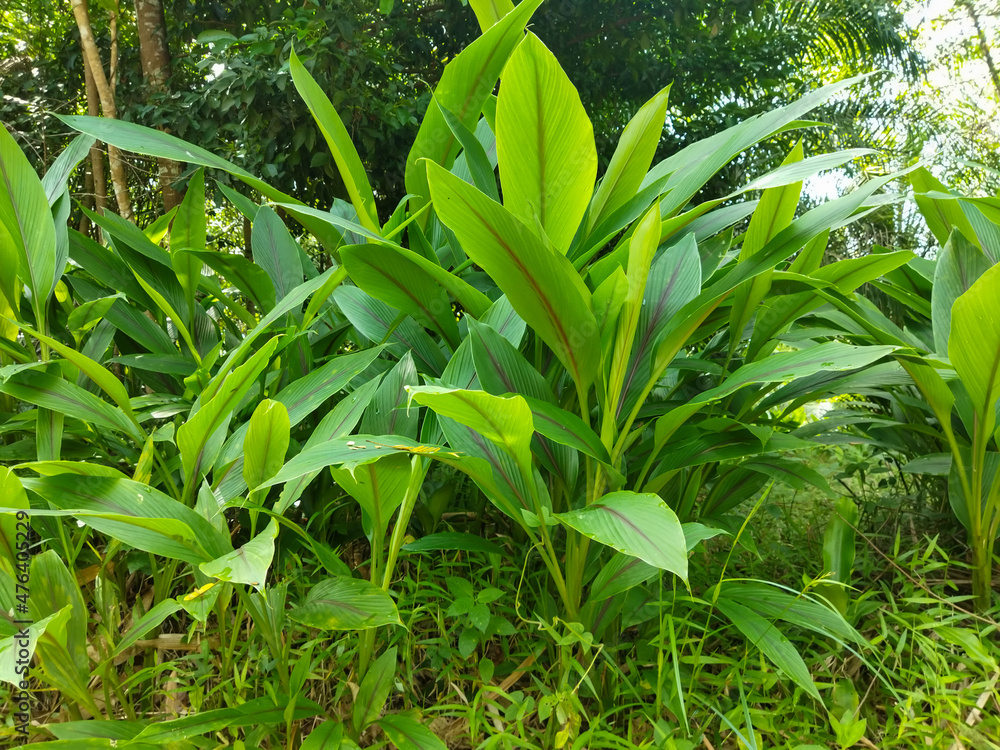
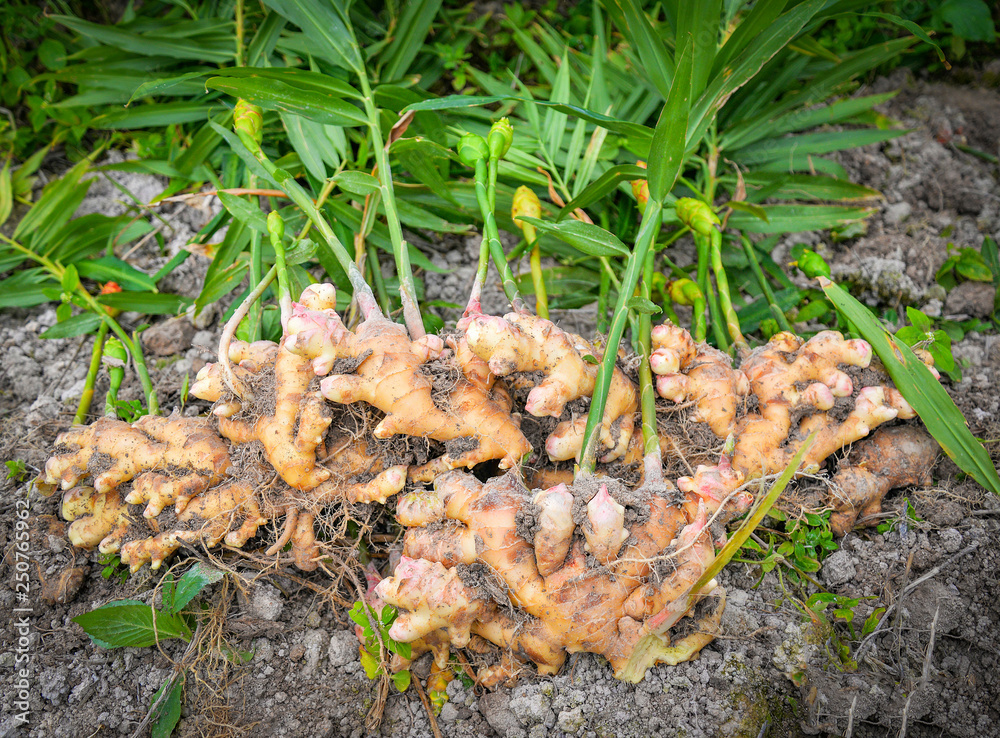



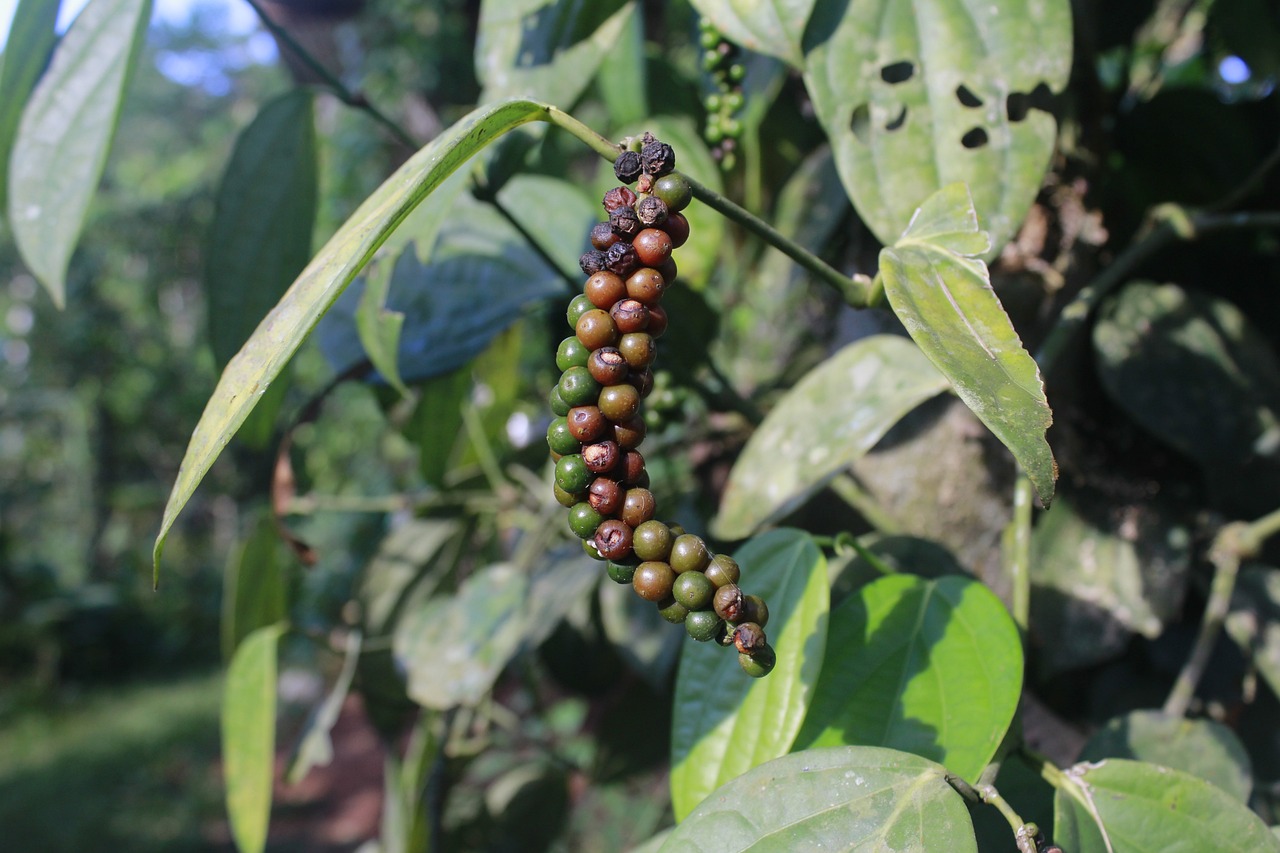
Leave A Comment